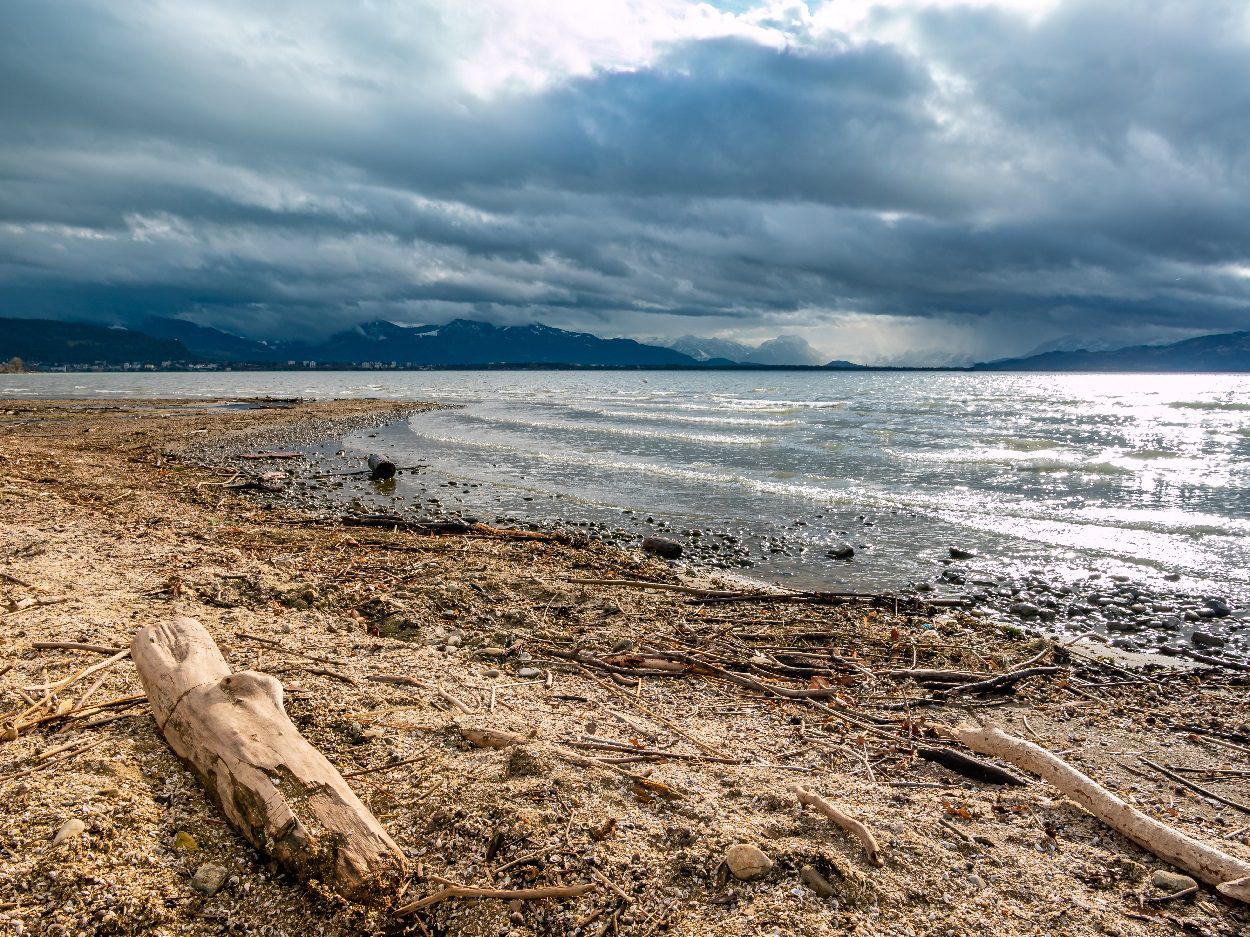Members of the Bavarian Society for Underwater Archaeology are conducting a study of 5,000-year-old man-made stone piles submerged in Lake Constance, an alpine lake that borders Germany, Austria and Switzerland.
Most of the piles (cairns) are located at a depth of four to six metres between the municipalities of Romanshorn and Altnau, which upon the announcement of their discovery in 2019 were dubbed the “Swiss Stonehenge”.
A previous study by the Archaeology Office of the Swiss Canton of Thurgau determined that the stone piles were man-made, as the piles were placed on the post-glacial banded lake deposits and were not transported as a result of glacial debris.
Based on estimates, around 80,000 tons of rock were transported to build over 200 stone piles, making the monuments one of the largest prehistoric construction sites in Europe.
One of the piles between Lindau and Wasserburg has so far been dated to between 3500 and 3200 BC during the Neolithic period, however, the purpose of the monuments is speculated.
Upon consulting with the Bavarian State Office for Monument Preservation, the dive team, consisting of technical specialists and underwater archaeologists, photographed a cluster of stone piles near Reutenen, with the intention of creating a photo mosaic for a photogrammetric analysis.
Tobias Pflederer, the leader of the exploratory team suggests that the monuments could be platforms in connection with a cult of the dead on the lakeshore, a hypothesis shared by several Swiss researchers.
Urs Leuzinger from the Office for Archaeology Thurgau, said: “It is conceivable that there would be platforms protruding from the water as artificial islets along the lake shore, on which ritual activities took place as part of a burial ceremony. The transition from land to water would have been a central element of the ritual.”
Header Image – Lake Constance – Image Credit : Shutterstock





